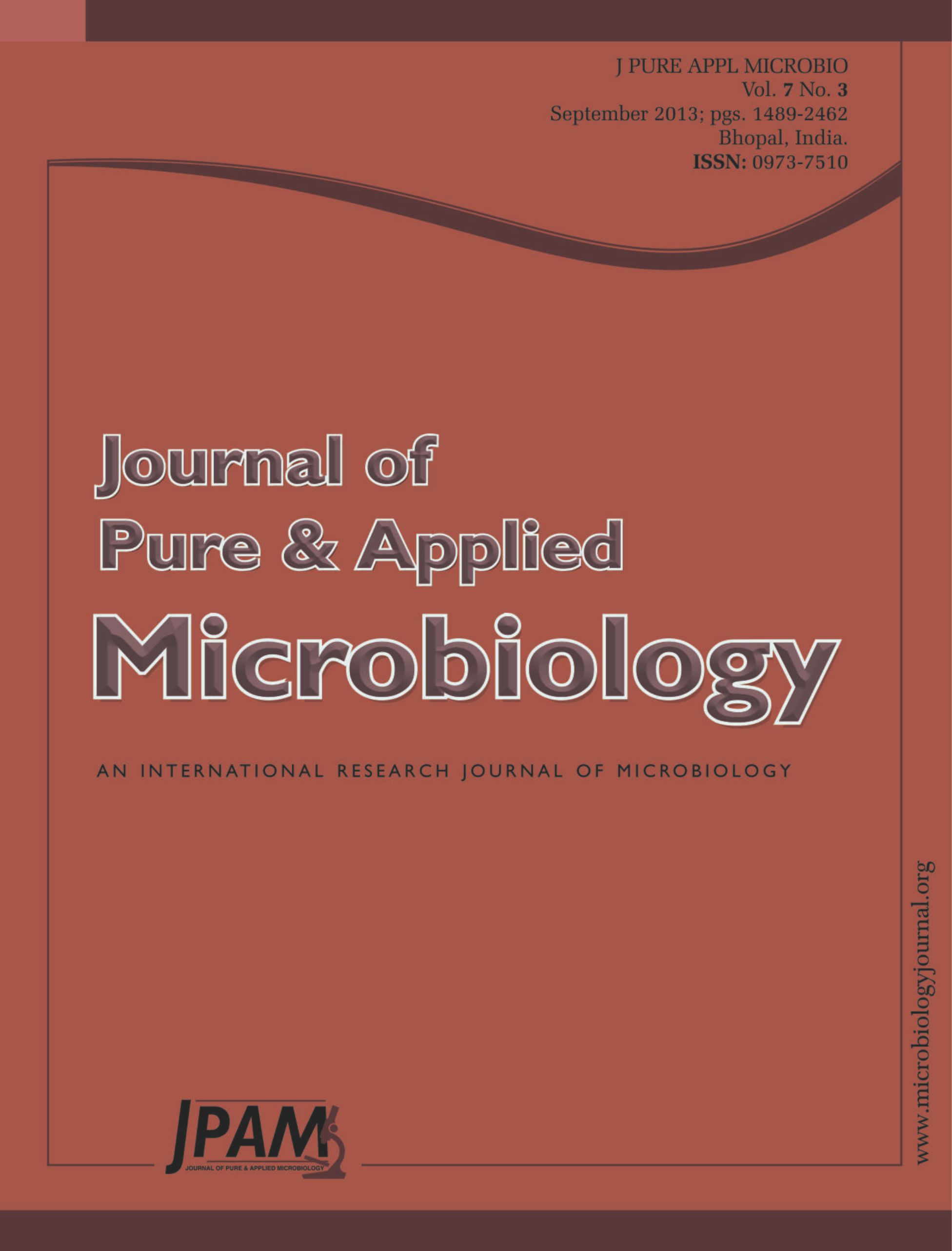Cordyceps sinensis (Berk.) Sacc. is one of the well-described fungi that has been extensively used in traditional Chinese medicine for over 700 years. Cordyceps sinensis has been cultivated naturally or in artificial media. Fungal mycelia contain some polysaccharides that are responsible for its biological activity. Polysaccharides are the best known and most potent mushroom-derived substances possessing antitumor and immuno modulating properties. However, factors such as molecular weight (Mw) and the type of monosaccharide composition seems to affect the anticancerand immuno modulating properties. This short review focuses on the relationship between molecular weight (Mw) and the composition of extracted polysaccharides for its effectiveness to be used in therapeutic applications of both in vivo and in vitro conditions. This article also aims to provide some recent information as a benchmark for further researchers to study and exploit it for their future studies.
Cordyceps sinensis, polysaccharide, antitumor
© The Author(s) 2014. Open Access. This article is distributed under the terms of the Creative Commons Attribution 4.0 International License which permits unrestricted use, sharing, distribution, and reproduction in any medium, provided you give appropriate credit to the original author(s) and the source, provide a link to the Creative Commons license, and indicate if changes were made.


